Octant has rolled out a new vault mechanism designed to preserve capital while redirecting yield toward ecosystem growth. According to an official announcement on X, the centerpiece of Octant v2 is a redesigned vault system that builds on the ERC-4626 standard and Yearn Finance’s strategy architecture. However, unlike previous vaults where yield accrues to depositors, Octant’s new approach routes all generated yield to a designated onchain funding mechanism.
These are referred to as Yield Donating Vaults — smart contracts that allow users to deposit crypto, retain full control over their principal, and have the yield automatically transferred elsewhere for public or protocol-benefiting initiatives. Octant calls this a “perpetual contribution mechanism” that transforms typical yield-bearing vaults into capital-preserving growth engines.
“Our twist? All of Yearn’s tokenized strategy framework with a big modification: instead of distributing profits among depositors, all the generated yield is tokenized as ERC-4626 shares and transferred to a designated allocation mechanism address,” the Octant team wrote.
The system builds on standards like ERC-4626, which simplified vault integration across DeFi by standardizing deposits, withdrawals, and accounting logic. Yearn Finance later extended this model by separating vaults from investment strategies, allowing more flexible and scalable yield-generation logic.
Octant’s modification introduces an automated payment splitter mechanism that routes yield to ecosystem contributors. Roles such as management, keeper, and emergency admin help secure each vault’s operations. Under the hood, the “allocation mechanism” is not a simple address, but a contract capable of distributing funds to multiple recipients transparently, often projects or contributors aligned with the protocol.
Importantly, depositors can withdraw their funds at any time, while the yield continues flowing as long as capital remains in the vault. Octant’s v2 architecture is aimed at enabling passive contribution to ecosystem development without requiring users to actively manage funds or make donation decisions. This marks a shift from its previous model (v1), which involved direct ETH rewards to GLM stakers and optional donations through quadratic funding rounds.
With this upgrade, Octant appears focused on aligning yield mechanics with regenerative public goods funding, enabling protocols and DAOs to support growth through their own yield strategies — while preserving user trust and deposit flexibility.

